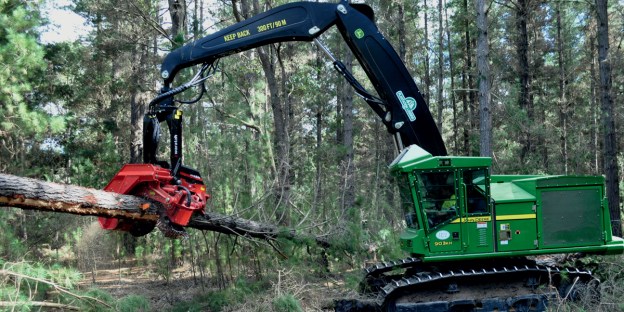The rapacious industrialisation of the Finnish forest, which covers three-quarters of the country’s landscape, looks the antithesis of tree-hugging environmentalism. The forest is home to wolves, bears, deer and many other species of wildlife, and its trees lock away carbon that would otherwise be in the air, warming the atmosphere. Yet Metsä Group, which operates the Äänekoski pulp mill, claims the very opposite. Metsä is ultimately controlled by a co-operative belonging to more than 100,000 families who have each owned large chunks of the forest for generations. For every tree harvested, four saplings are planted. These are allowed to grow for a few years and are then thinned to encourage the best specimens to develop vigorously. The thinnings, however, are not wasted. They are sent to the mill. The mature trees, meanwhile, are harvested when they are between six and ten decades old. The consequence of this husbandry, according to Finland’s Natural Resources Institute, is that the annual growth of trees in Finland exceeds the volume of felling and natural loss by over 20m cubic metres, despite the increasing demand for wood.
As for the mill itself, Metsä’s stated aim is to make best use of every part of a tree, both to maximise the value of its wood and, where possible, to continue to lock up its carbon. To this end, besides the bread-and-butter business of turning out planks and plywood, the firm has come up with several new ideas. Three are of particular interest. One is a better way of converting wood pulp into fibre that can be turned into textiles. A second is to produce plastic-free cardboard cartons which can be used as food containers and then recycled. The third is to find employment for lignin, a by-product of the pulping process which is, at the moment, usually burned…
Metsä has also teamed up with Itochu, a Japanese trading company with a large clothing business, to make fabric that will compete with oil-based synthetic fibres and provide an alternative to cotton, the growing of which requires a lot of land, irrigation and pesticides. Some fabrics—rayon, for example—can be made from wood….
The complex processes involved in processing wood result in several “sidestreams”. These are wastes that become raw materials for other processes. They include sulphuric acid, which is re-used by the mill, and biogas, tall oil (a byproduct of papermaking) and lignin—carbon-rich materials burnt to produce electricity. This powers the mill, and yields a surplus which is exported to the national grid. As a consequence, unlike some wood mills, the Äänekoski plant uses no fossil fuels.
Excerpts from Sustainable Forestry: If you go down to the woods today, Economist, Oct. 19, at 75
